Scenario Planning Process
Scenario planning: generating a range of scenarios for the future.

The logical scenario planning process described below is designed to stimulate creative thought, collect and analyse information and generate a series of scenarios.
Stage 1 – data collection
The participants are likely to hold a significant amount of fundamental information about the current situation and key trends and decision points. The first stage will involve a combination of questionnaires and interviews to help individuals formalise their knowledge and to extract it for use in the workshop. This stage will also act as a briefing session for the facilitator.
It is generally accepted that people anticipate more change than actual over a period of two years, but significantly less change than actual over a period of ten years. One way of understanding the process of change and types of influence is to study the historical development in an area over the same period in the past as is intended for study in the future; in this case ten years.
Participants will be asked to consider the situation in their field ten years ago and to plot progress against time, noting any significant influences and events. Individuals may prefer to do this in essay form or diagrammatically. This will be part of their pre-work.
They will then be asked to consider the current political, economic, social and technological influences in their field at present; and to consider the strengths, weaknesses, opportunities and threats of their technology. These standard tests are proven to collect valuable information rapidly and effectively.
Brefi Group collects additional information that is used to set the boundaries of the scenario exercise. We ask: "What can be forecast but not controlled?" These are the rules of the game, within which any decisions must be taken. Next we ask: "What cannot be forecast and cannot be controlled?" This gives rise to a list of uncertainties, some of which will be key and written into the scenarios, and some of which will not.
All information collected at this stage will be consolidated by the facilitator and form the basis of an introductory exercise for the participants. He will raise key challenges where there are inconsistencies or appear to be comfortable assumptions.
Stage 2 – setting the parameters
Participants will be divided into small groups to consider the long run structural factors, potential external shocks and critical change points in each area to be considered – likely to be political, economic, environmental, social and technological. Again, they will consider what they can forecast and cannot influence and what they can neither forecast nor influence.
Small groups will analyse the information in terms of events, trends and structure.
The results will be brought together, prioritised and laid out on an influence diagram. This will give us a basic understanding of the dynamics of the future.
Parameters can now be ranked according to predictability and impact/significance – and the parameters to be considered can be chosen in a plenary session.
Stage 3 – building the logic links
Having identified parameters, it is now time to consider their relationships. Two approaches may be taken. One team could look at the causal logic and generate events. Conversely, another team could place events in time order to demonstrate causal links.
Events and trends can be linked to create short 'logic links', which can then be joined together into trajectories that form the basis of short story lines that then evolve into the scenarios.
Stage 4 – describing the scenarios
With the parameters selected and trajectories built small groups can now flesh out the descriptions of the various scenarios. And, having defined the end state, they can create a route map of how it is reached, paying particular attention to identifying key events, leading indicators and signposts that will alert observers to the potential development.
Stage 5 – application of selected technologies to the scenarios
Scenarios will now be applied to the chosen stakeholders and re-written in order to provide a custom scenario package.
Stage 6 – review and implications
A review of all the scenarios will provide the database of leading indicators and signposts for each scenario as the basis for a consolidated report.
Participants will also be able to feedback their response to the scenario planning process and make recommendations for future application and any variations.
Brefi Group Limited
Unit 11 BSC, Hood Road
Barry CF62 5QN
United Kingdom
Reg. No. 1669333
Copyright 2024 Brefi Group Limited. All Rights Reserved
